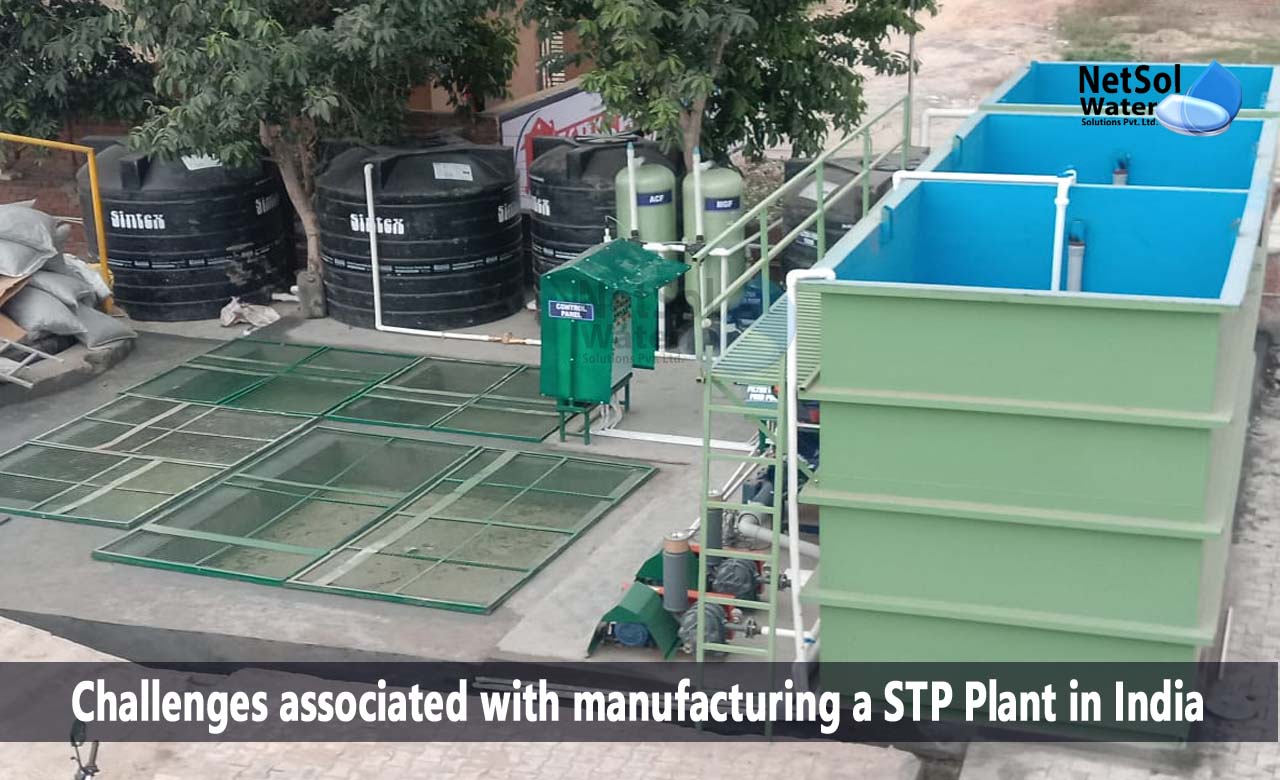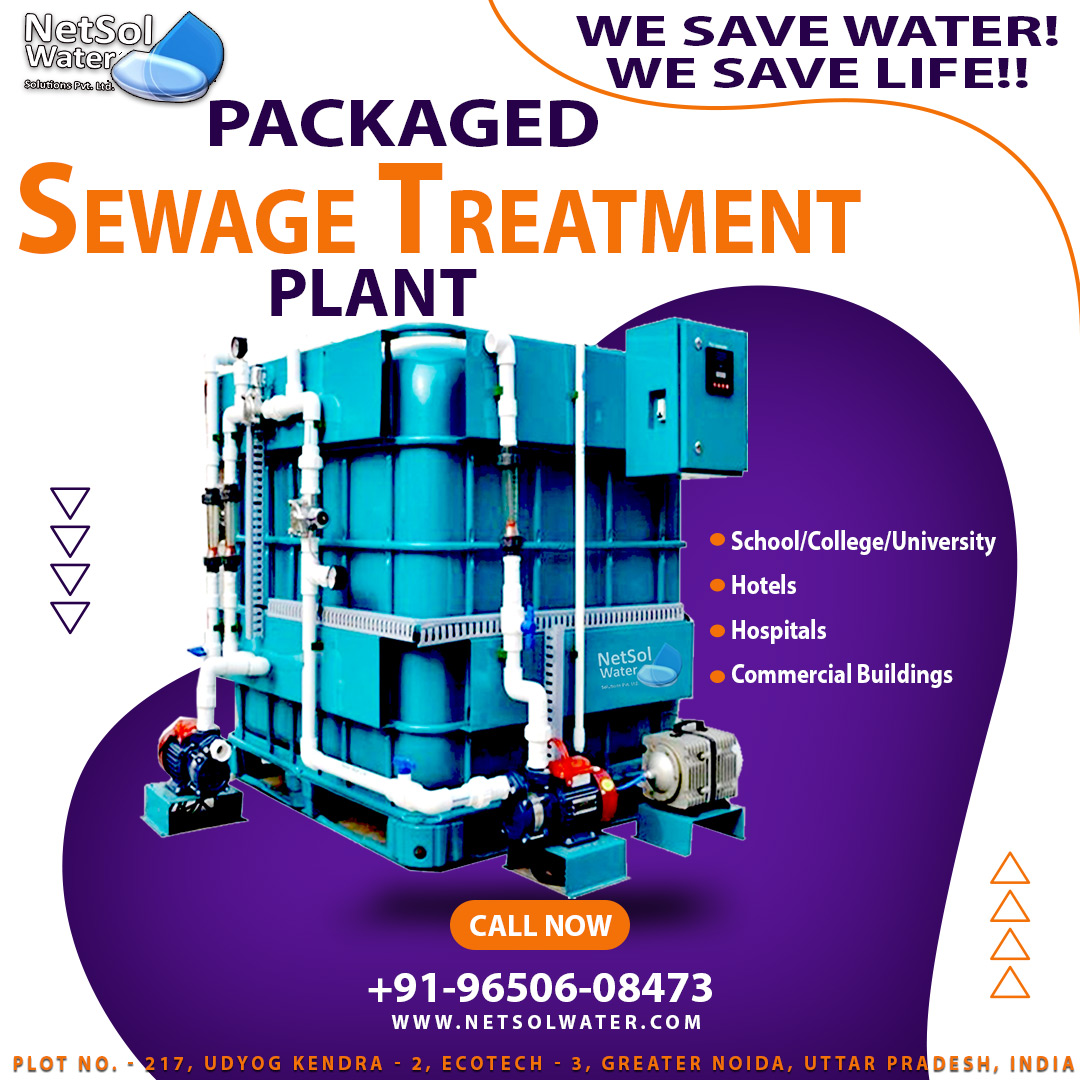The act of treating sewage entails eliminating impurities and turning it into wastewater, which can then be recycled back into the water cycle. The wastewater can be reused for a variety of purposes, or has a low environmental impact once it is returned to the water cycle.
Industries that employ cost-effective, efficient, and effective sewage treatment plant solutions, are crucial in ensuring that water is safe and clean, and may be recycled or released into the environment without causing harm.
Despite recent improvements, there are still problems and different challenges associated with the manufacturing, integration and optimization, of sewage treatment plant operations.
What are the Challenges faced by manufacturing a STP Plant in India?
1. Production of Sludge
Sludge is the by-product of physical, chemical, and biological treatment operations. A significant environmental concern is the disposal of extra sludge produced, during the sewage treatment process.
Solution
A successful sewage treatment facility must have long-term sludge disposal alternatives, which are both secure and reliable. The most efficient method is recycling sludge, which contains important organic matter and nutrients for agriculture.
The amount of sludge produced can even be decreased, by some more sophisticated treatment techniques, reducing the environmental impact.
2. Consumption of energy
One of the biggest costs involved in running a sewage treatment facility is energy usage. The estimated yearly electrical power consumption for the treatment of sewage in wealthy nations ranges from 2 to 3%, or around 60 TWH (terawatt hours).
With between 50 and 60 percent of the plant's use, biological treatment consumes the most energy in municipal sewage treatment.
Solution
The energy consumption of a treatment plant may be significantly reduced, by changes to the biological treatment procedures. Some of the options include treatment of high absorption return streams, thin screens for initial treatment, and membrane technology for oxygenation.
3. Footprint
One of the most stringent requirements for treating activated sludge is the size of the footprint. It costs a lot of money and requires a lot of space to build activated sludge factories.
Large tracts of land are needed for expensive settling tanks and aeration basins, in primary and secondary operations. To keep up with the expanding population, municipal sewage treatment facilities must increase their capacities!
Solution
Leading the way are highly integrated systems that increase biomass per unit volume, by adding media for bio-film attachment or boosting biomass concentration (like MBR), hence reducing footprint.
4. Staff
Operators of sewage treatment plants need to be experienced and well-known. They are in charge of everything from pipe leaks to valve malfunctions, to electrical and instrumentation equipment, and they are available around-the-clock.
This endeavour is made more difficult when there are significant variances, in impact and season.
Solution
Up to 30% of the operational costs of sewage treatment facility can be attributed, to operator management. Operator management can make up to 30% of a sewage treatment plant’s operating cost, even though physical staff presence is always thought to be vital, for the smooth operation of operations at treatment plants.
Conclusion
Sewage Treatment Plants can overcome these four significant challenges, with the assistance of Netsol Water Solutions.
Restoring clean, safe water to its source depends heavily on those, who offer efficient sewage treatment technologies. Operational performance has always been a primary focus in the delivery of treatment, and it has been a major force behind reform in the sector for a while.
Manufacturers of sewage treatment plants in India
Netsol Water, a top producer of industrial and commercial water treatment plants and sewage treatment plants, among other services, will get you a professional solution.
We provide many different products, including the top ones like MBR, MBBR, to help you improve your water treatment.




